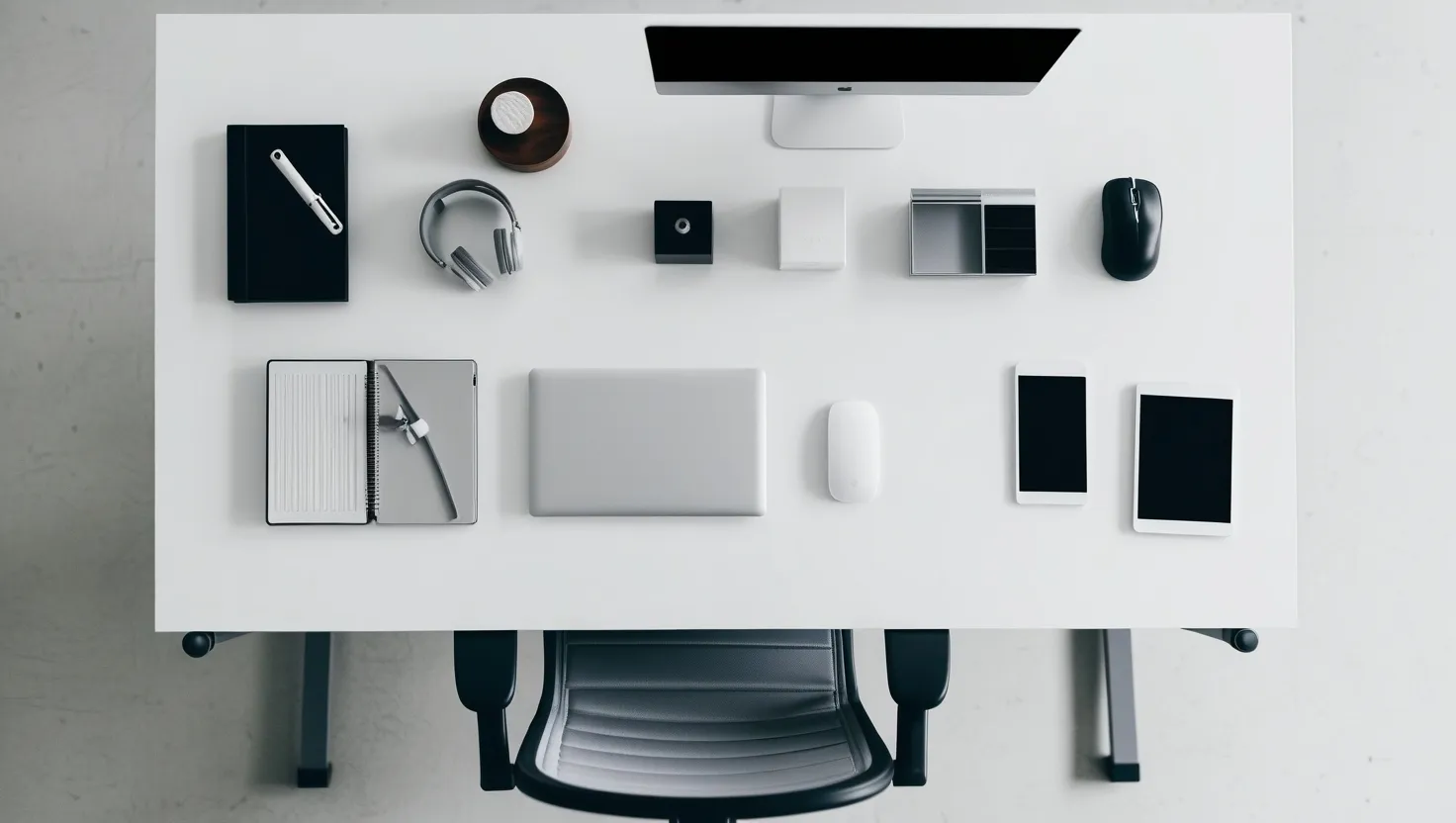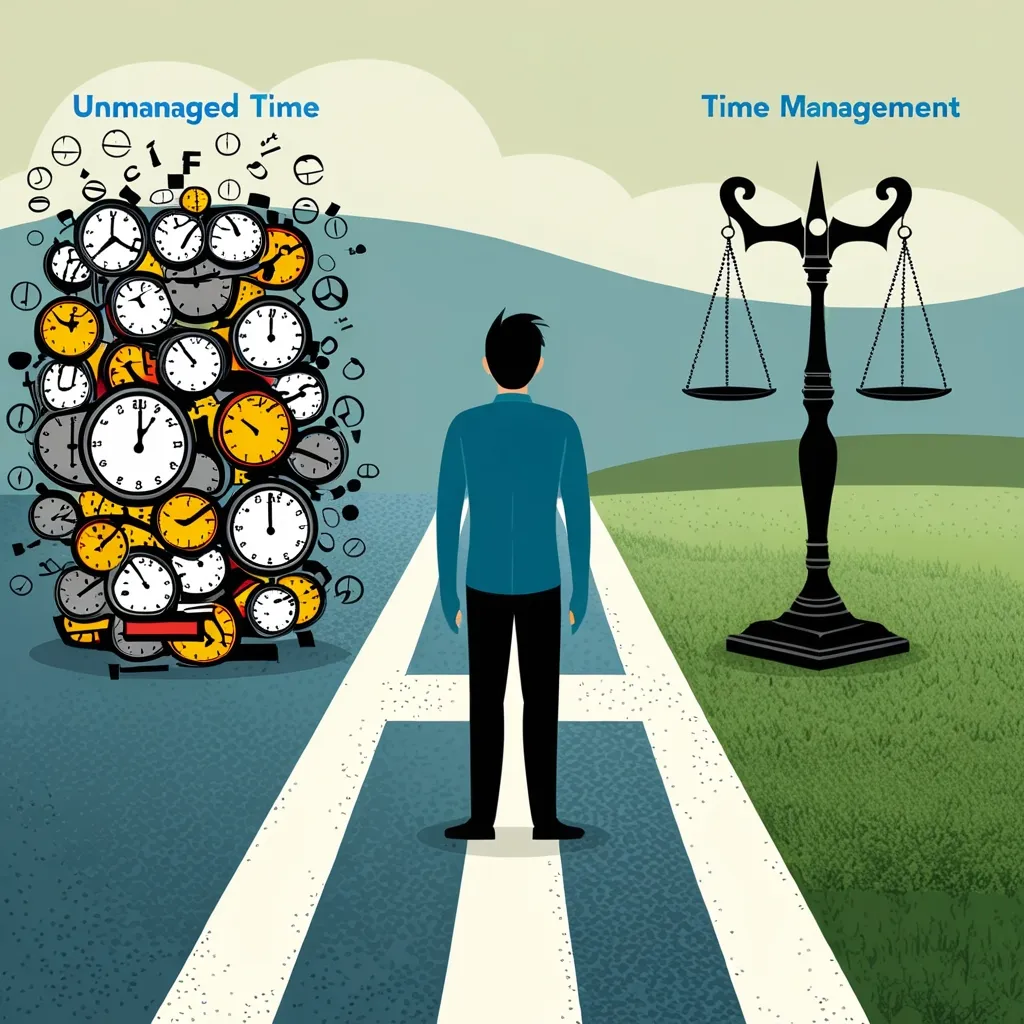In the relentless pursuit of productivity, busy professionals often find themselves trapped in a cycle of endless tasks and dwindling time. While traditional time-management techniques are well-documented, there are several unconventional strategies that can significantly enhance your efficiency and reclaim precious hours from your hectic schedule.
The Power of Task Batching
One of the most effective yet lesser-known time-saving hacks is task batching. This involves grouping similar tasks together and completing them in dedicated blocks of time. For instance, if you’re a content creator, you might dedicate one morning to researching topics, another to outlining articles, and a third to writing. This approach minimizes the mental gymnastics of switching between different tasks, allowing you to enter a state of focused flow.
Imagine handling all your email communications in one session, rather than constantly reacting to notifications throughout the day. This not only saves time but also reduces the mental fatigue associated with context switching. By categorizing tasks into batches such as emails, administrative work, and creative tasks, you can streamline your workflow and achieve peak efficiency.
The No-Meeting Day Policy
Meetings can be a significant time drain, often leaving you with little time for actual work. Implementing a “no-meeting day” policy can be a game-changer. Designate one or two days a week where you avoid scheduling any meetings, allowing you to focus on uninterrupted work. This doesn’t mean you’ll never have meetings, but it ensures that you have dedicated blocks of time to tackle critical tasks without interruptions.
For example, if you’re a project manager, you might reserve Mondays and Thursdays for meetings and collaboration, while keeping Tuesdays and Wednesdays free for focused work. This balance helps you stay connected with your team while also ensuring you have the time needed to drive projects forward.
The Pomodoro Technique with a Twist
The Pomodoro Technique is well-known, but adding a personal twist can make it even more effective. Traditionally, this technique involves working for 25 minutes followed by a 5-minute break. However, you can tailor this to fit your unique productivity rhythms. If you find that you can focus for longer periods, try working in 45-minute increments with 10-minute breaks.
Moreover, use your breaks wisely. Instead of scrolling through social media or checking emails, take a short walk, do some stretching, or practice a few minutes of mindfulness. This helps you recharge and maintain a high level of productivity throughout the day.
The Personal “Stop-Doing” List
In our quest for productivity, we often focus on what we need to do, but rarely consider what we should stop doing. Creating a personal “stop-doing” list can be incredibly liberating. Identify tasks that are not essential or that consume too much of your time without providing significant value.
For instance, if you find yourself spending hours each week on social media or attending non-essential meetings, it might be time to reassess these activities. By stopping or reducing these tasks, you can free up time for more critical and impactful work.
Leveraging Voice-to-Text Tools
In today’s fast-paced world, every minute counts. Voice-to-text tools can be a powerful ally in your productivity arsenal. Whether you’re commuting, exercising, or during any other activity where typing is impractical, these tools allow you to capture ideas, draft emails, or even write articles on the go.
Imagine being able to dictate a report while driving to work or outlining a presentation during your morning jog. This not only saves time but also ensures that you don’t lose valuable ideas that might come to you at unexpected moments.
The Capsule Wardrobe Approach to Work
The concept of a capsule wardrobe, where you have a limited set of versatile and essential items, can also be applied to your work routine. Instead of juggling multiple projects simultaneously, focus on a few key tasks that align with your priorities.
This approach helps in reducing decision fatigue and allows you to dive deeper into each task without the constant distraction of switching between projects. By narrowing down your focus to what truly matters, you can achieve more in less time.
Mastering Productive Procrastination
Procrastination is often viewed as a productivity killer, but what if you could turn it into a tool for efficiency? Productive procrastination involves using your natural tendency to delay tasks to your advantage. Here’s how it works: when faced with a daunting task, instead of putting it off entirely, use the time to tackle smaller, less critical tasks.
For example, if you’re struggling to start a major project, use the procrastination time to organize your files, update your to-do list, or complete other administrative tasks. This way, you’re still being productive while giving yourself time to mentally prepare for the bigger task at hand.
Creating an Ergonomic Workspace
Your workspace can significantly impact your productivity. Setting up an ergonomic workspace is not just about comfort; it’s about creating an environment that fosters focus and efficiency. Avoid working from your TV couch or bedroom, as these spaces can lead to distractions and blur the line between work and leisure.
Invest in a quality work-from-home setup, including a comfortable chair, a spacious desk, and good lighting. Add some motivational posters and desk décor that recreate the office environment. A well-designed workspace can boost your energy levels and help you stay focused throughout the day.
Prioritizing Tasks with Precision
Prioritization is key to managing a busy schedule effectively. Start your day by identifying the most challenging and critical tasks. Tackle these first when your mind is fresh and your energy levels are high. Leave the more monotonous tasks, such as checking emails or social media, for later in the day.
Use a simple yet effective method: write down your tasks and then strike them off one by one as you complete them. This visual satisfaction can be a great motivator, helping you stay on track and feel a sense of accomplishment throughout the day.
Organizing Passwords for Efficiency
In today’s digital age, managing passwords can be a time-consuming task. To save time and maximize productivity, organize your passwords using online tools or autosave features. Keep a small notepad with your passwords and store it in a safe place, especially if you’re working from home.
This simple step can prevent the frustration and time loss associated with forgotten passwords, allowing you to focus on more important tasks.
In conclusion, reclaiming time in a busy schedule requires creativity and a willingness to experiment with unconventional strategies. By batching similar tasks, implementing a no-meeting day policy, using the Pomodoro Technique with a twist, creating a personal “stop-doing” list, leveraging voice-to-text tools, adopting a capsule wardrobe approach to work, and mastering productive procrastination, you can significantly enhance your productivity.
Remember, productivity is not just about getting more done; it’s about doing what truly matters with the time you have. By applying these unique hacks, you can not only save time but also achieve a better work-life balance and greater overall satisfaction.






